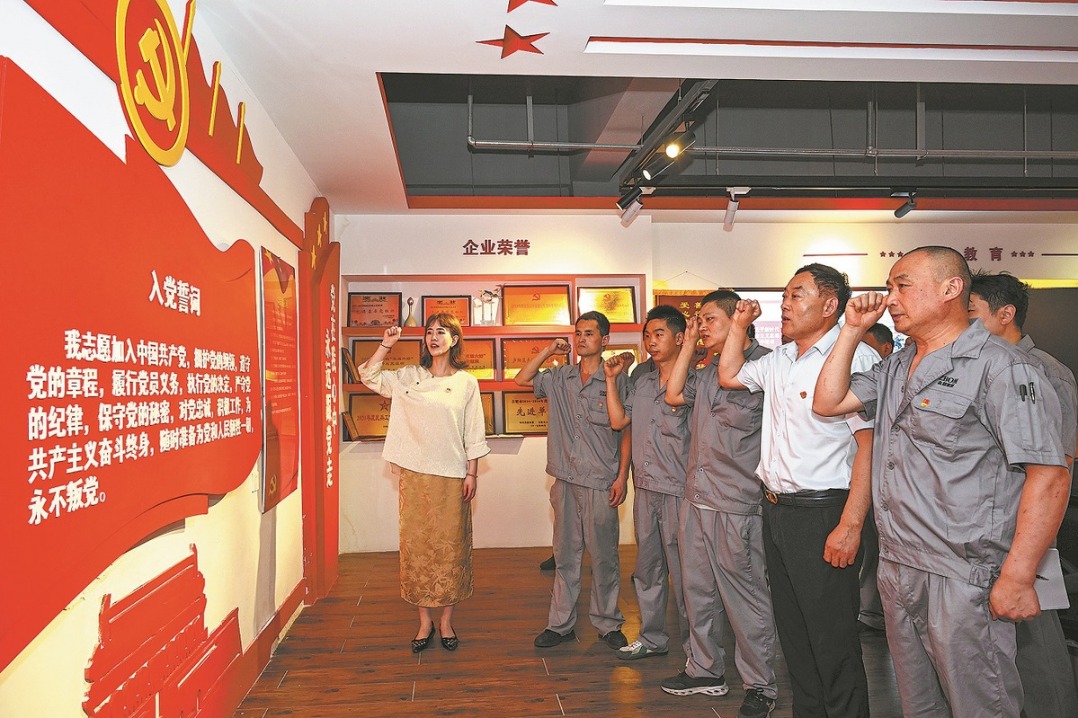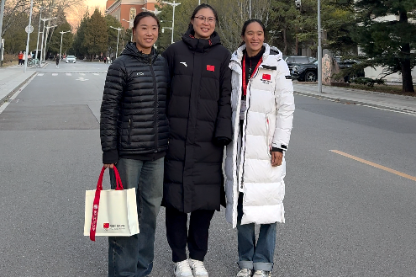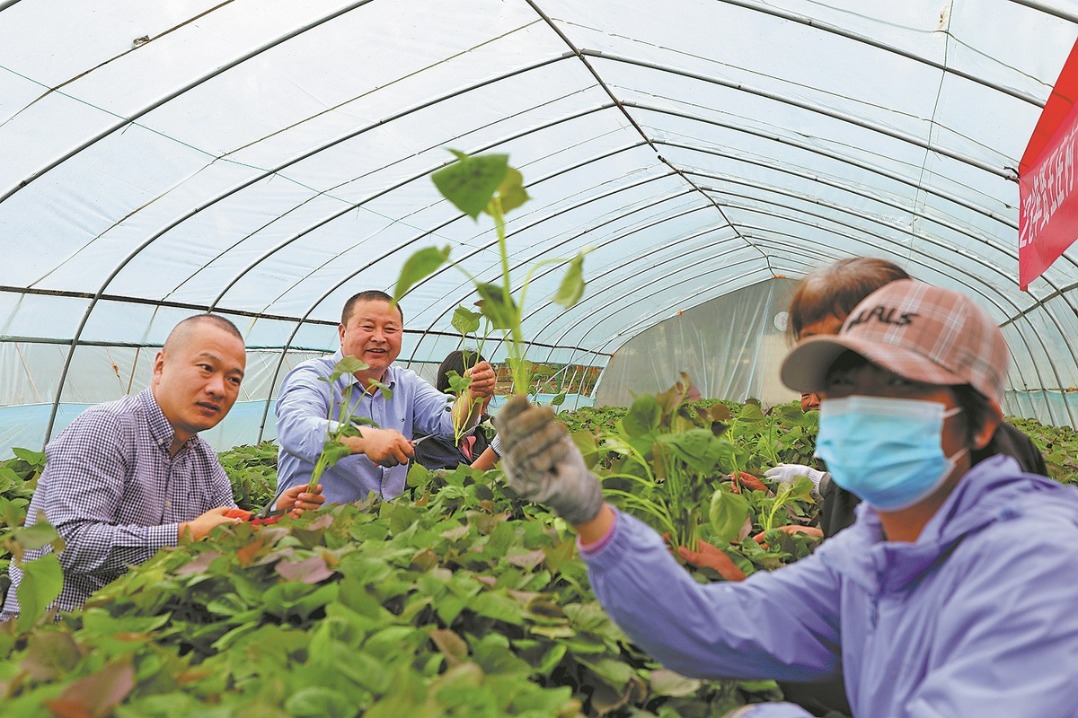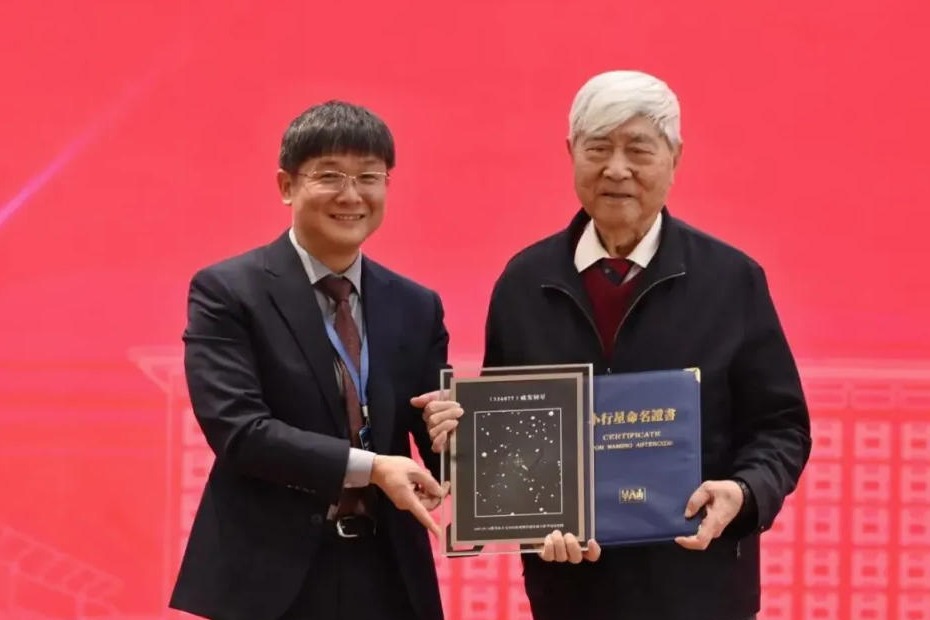Bay Area to fuel growth along Belt and Road


Development plan envisions global city cluster as key economic driver for China and beyond
The integrated and coordinated development of the Guangdong-Hong Kong-Macao Greater Bay Area, a national strategy for economic momentum, is expected to create a world-class city cluster to fuel the growth of the entire nation, according to experts, senior officials and entrepreneurs.
"As one of the most open and economically vibrant regions in China, the Greater Bay Area plays a significant strategic role in the innovation, transformation and overall development of the country," said Shen Chi, vice-director and professor of urban planning at the China Center for Urban Development.
Under the outline development plan, which was released in February, the Greater Bay Area will help fuel the overall growth of the nation and even the countries and regions along the routes of the Belt and Road Initiative, Shen said.
"The Greater Bay Area has a historic mission to create a global city cluster like the San Francisco Bay Area in the future. It will serve as a leading force for innovative development with demonstrative functions, which will help other regions accelerate the push for innovation, opening-up and reform," Shen added.
The Greater Bay Area encompasses Hong Kong, Macao and nine cities in Guangdong province, including Guangzhou and Shenzhen. Covering more than 56,000 square kilometers, it is an enormous market with a population of 70 million and a gross domestic product of $1.5 trillion.
Chen Yuyu, an economics professor at Peking University's Guanghua School of Management, said the development of the Greater Bay Area will help point the way for exploration of industrialization and urbanization among developing countries.
Chen said the development of the Greater Bay Area marks China's attempt to pursue opening-up on all fronts in a new era and is a further step in carrying out reforms.
"The integrated and coordinated development of the area will break the administrative boundaries, which will reduce the cost and create a more vibrant regional economy," he added.
According to Chen, the development of the Greater Bay Area will pool various resources and build a large, unified market.
"Gathering various resources, the Greater Bay Area will benefit from economies of scale and agglomeration, enhancing the competitiveness of local enterprises and improving people's lives," he said.
"The coordinated development of the Greater Bay Area will help share and build basic settings, bring stronger international competitiveness and strengthen exchanges and integration across different cultures. And that is key to building vibrant communities and developing robust economies."
Chen noted that the population of the Greater Bay Area is expected to surge to 150 million in 20 years. "Similar to the size of a large country, the Greater Bay Area will play a significant role in innovative development, becoming a leading force to drive both China's and even the world's economy."
As one of the strategic city clusters that are set to prepare the way for the country's next growth engine, the Greater Bay Area is a key part of the national development strategy for the decades ahead.
According to the Outline Development Plan for the Guangdong-Hong Kong-Macao Greater Bay Area, the main focus will be building a vibrant world-class city cluster, a globally influential international innovation and technology hub and a gateway from China to the outside world, particularly the economies involved in the Belt and Road Initiative.
"China will carry out more efforts to accelerate the construction of an international science and technology center in the Guangdong-Hong Kong-Macao Greater Bay Area," said He Lifeng, head of the National Development and Reform Commission. He made the remark at a news conference during the recently concluded two sessions, the annual plenary meetings of China's top legislative and political advisory bodies.
More efforts are needed to deepen the reform of innovation systems and mechanisms and implement a number of high-level innovative projects in the Greater Bay Area, according to the NDRC.
"Innovation is the primary driver of development," said Li Xi, secretary of the Communist Party of China Guangdong Provincial Committee and a deputy to the 13th National People's Congress, China's top legislature, during the two sessions.
"To build an international first-class bay area, the key lies in innovation," Li said.
Lin Shaochun, executive vice-governor of Guangdong province, said that compared with the San Francisco Bay Area in the United States, China's Greater Bay Area lags behind in terms of technological innovation.
"Thus it is necessary to develop an international innovation and technology hub in the Greater Bay Area, which will further identify the growth areas and boost economic development," Lin said.
Guangdong will push for establishing and optimizing a system for cross-border scientific research cooperation, Lin said, adding that this will include pursuing development of a Guangzhou-Shenzhen-Hong Kong-Macao innovation and technology corridor and strengthening the exchange of resources.
"Powered by several world-class universities with strong research capabilities and a sound justice system, Hong Kong is able to take advantage of its international business environment to attract innovative resources from both home and abroad," Hong Kong's Chief Secretary for Administration Matthew Cheung Kin-chung said at a news conference in Beijing a few days after the launch of the Bay Area outline plan.
Ericson Chan, CEO of Ping An Technology, the Shenzhen-based high-tech arm of Ping An Group, said the new development plan is encouraging.
"Instead of building smart cities, we will have a smart region for 70 million people," he said.
- 3 killed, 1 injured in South China knife attack
- Taiwan opposition lawmakers announce plan to impeach Lai Ching-te
- Half marathon route along Suzhou Creek in Putuo
- People across China hold diverse events to mark Winter Solstice
- China issues guidelines to crack down on tobacco-related illegal activities
- 1 arrested after Hong Kong money changer employee robbed of about 1b yen




































